By design, an ice cream truck is meant to entice. It is colorful, stupidly loud with two whole songs from the 30s (usually off key because no one is left alive who can service those bells), and lots of colorful stickers that depict delicious frozen treats that look nothing like reality. If you need an off model Disney character that already looks a little melted even when frozen, look no further.
This is design in action – the use of clever techniques to drive engagement. Brightly colored decor and the Pavlovian association of hearing The Sting in chirpy little ding dings is all working together to encourage sales and interaction.
These principles work in all industries, and the tech sector has devoted entire teams, agencies, companies, groups, and departments to the study of User Experience (UX) explicitly to help create slick, usable applications and websites that are immediately understandable by users. Tools to improve utility exist by measuring user behavior, with style guides and accepted theories preached and sang and TED-talked all over.
The best way to check behavior is to observe it directly, and options to check where someone clicks has proven invaluable in determining how to improve layouts and designs. These applications are able to draw a heat map that shows intensified red color in areas where clicks congregate the most.
An evolution of this concept is to watch eyesight itself, allowing developers a quicker avenue to determining where a user will most likely go. Arguably the shortest path between predicting response, this is one of the holy grails of behavioral measurement. If your eyes can be tracked, your cursor is likely to follow.
UX design can benefit greatly from this research as this article shows. Here’s some highlights:
Techwyse completed a case study that shows conversion on landing pages is improved with clear call-to-action elements. Users will focus on objects that stand out based on position, size, bright colors, or exaggerated fonts. If these design choices are placed on a static, non-interactive component, a business will lose a customer’s interest quickly, as their click is meant with no response. This quickly leads to confusion or abandonment. Finding where a person is immediately drawn to means you should capitalize on that particular piece with executable code. Want it boiled down? Grocery stores put Cheetos front and center, because everyone want them thangs.
Going along with this, Moz found that search results with attractive elements – pictures and video – are given much more attention than simple text. We are visually inclined creatures, and should never undervalue that part of our primal minds. Adding some visual flair will bring attention, which in turn can be leveraged usefully to guide users.
Here’s an interesting study – being that we are social animals, follow the gaze of others. If you’ve ever seen kittens watching a game of ping pong, they are in sync and drawn to the action. Similarly, if we notice someone look to the left, we instinctively want to look left as well. While this sounds very specific, the idea is simple – visual cues can be optimized to direct users where to focus.
The Nielsen Group says we look at things in an F pattern. I just think that’s funny, or at least a funny way to describe it. We follow from left-to-right (just like we read, and as websites are laid out using techniques first developed for newspapers, it naturally makes sense that we’d do the same). Of course, cultural or national differences arise here – right-to-left readers need the opposite. Always be sure to keep your target audience in mind.
Of course, there are several other findings and studies that can further promote idealistic layout and design, and it should always be the goal of designers to look to the future and evaluate trends.
Robert Snodgrass has an English degree from Texas A&M University, and wants you to know that yes, that is actually a thing. And now he's doing something with it! Let us all join in on the experiment together. When he's not web developing at Docusign, he runs distances that routinely harm people and is the kind of giant nerd that says "you know, there's a King of the Hill episode that addresses this exact topic".

















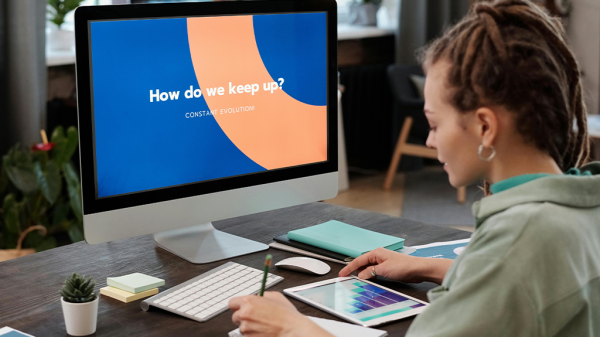
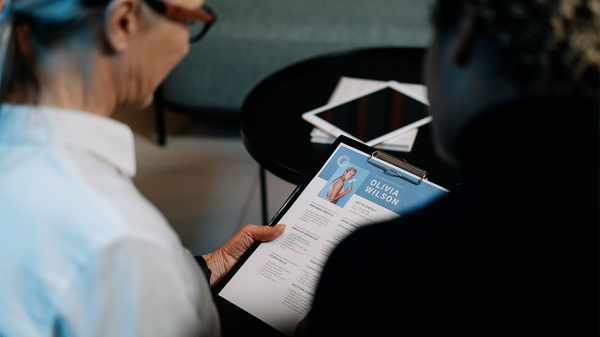

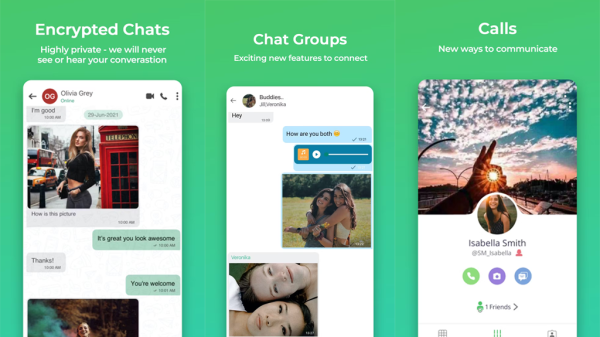
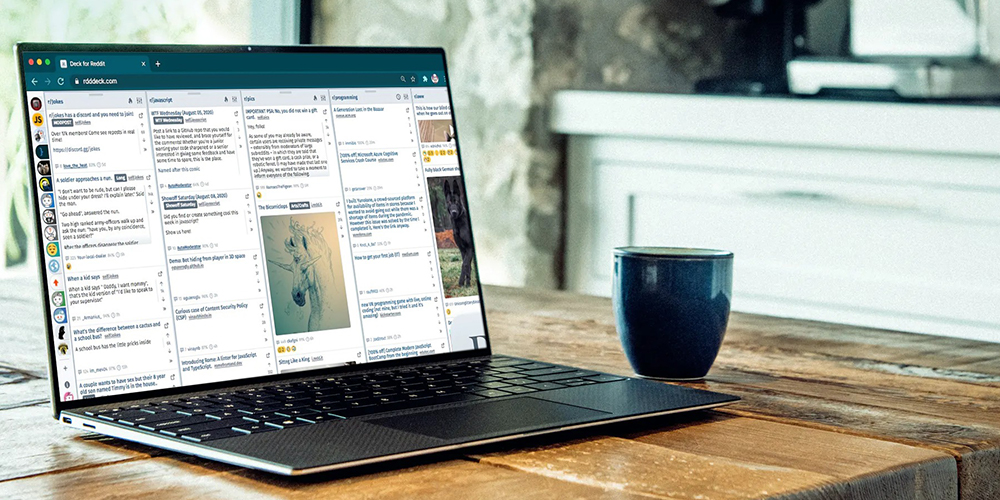


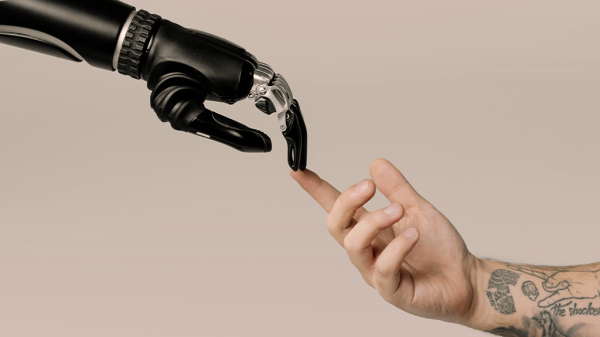
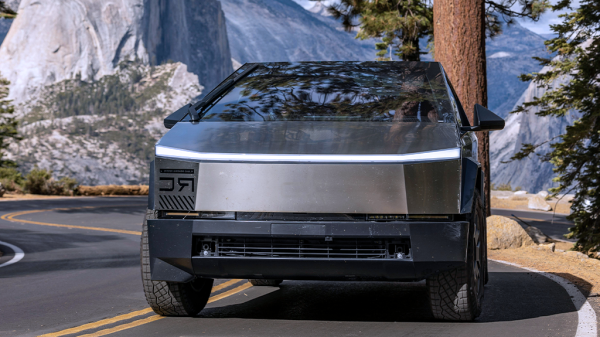










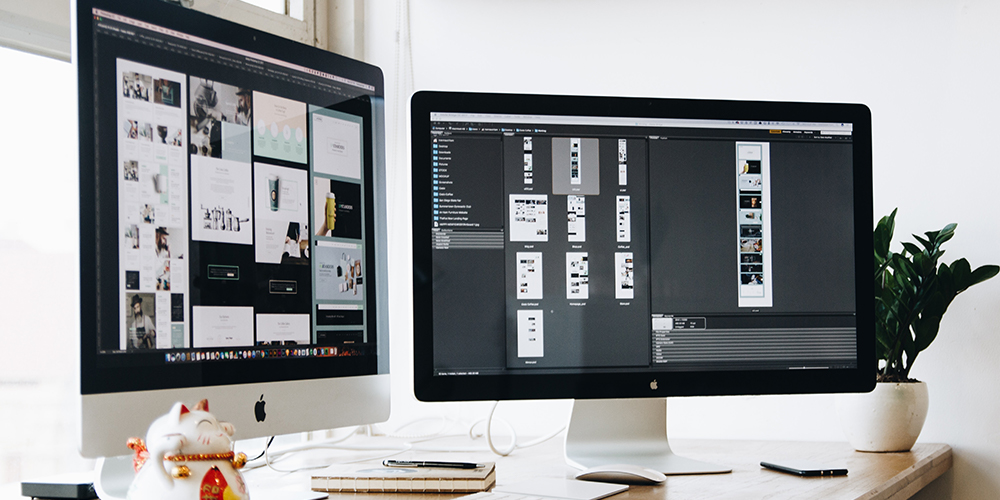



Pingback: The Design Insider #1 | Pine
Pingback: UX design: If you don't have it, get yourself an audit made easy